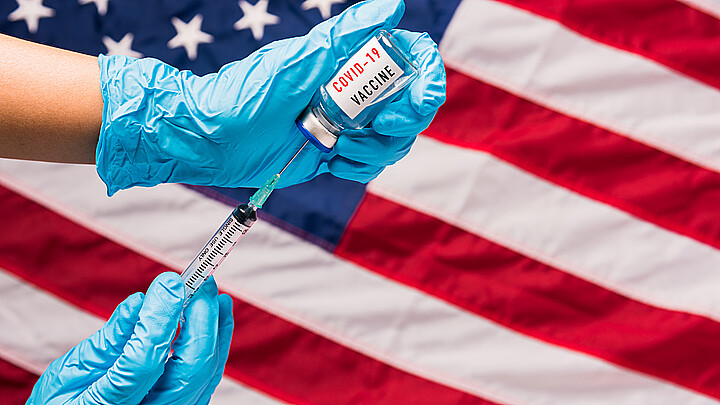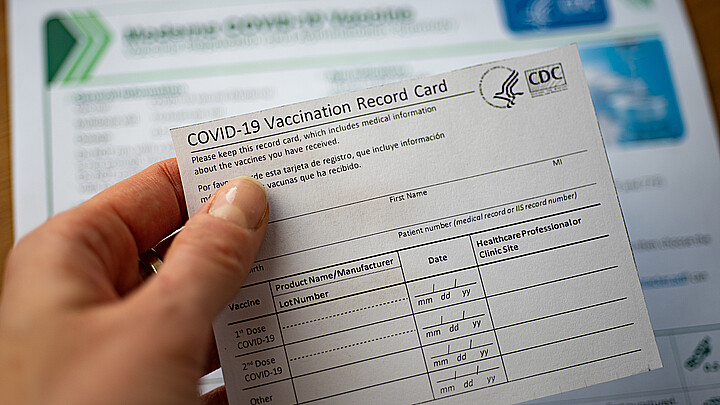Coronavirus
Young Latinos are dying from COVID-19 at a disproportionate rate, study finds
According to the study, Latino Americans between the ages of 20 and 54 are 8.5 times more likely to die of COVID-19 than white Americans in the same age group
December 10, 2021 1:11pm
Updated: December 10, 2021 2:06pm
Latino Americans between the ages of 20 and 54 are 8.5 times more likely to die of COVID-19 than white Americans in the same age group, according to a recent study of California deaths.
Although younger Black Americans are also dying at disproportionate rates, the disparity is starkest for Latinos, the Los Angeles Times reported.
According to the study, Latinos also experienced higher rates of COVID-19 infections than any other racial or ethnic group, and were also younger when they died, often in their prime of life.
But while tragic on a human level, the impact of these deaths is far reaching and often leads to the dismantling of income streams and support networks. This ultimately means that it will be harder for children who survive their dead parents to gain access to an education and achieve upward mobility. The impact this could have on existing class divides remains unknown.
“Latinos are getting hit from all angles,” said Christina Ramirez, professor of biostatistics at UCLA. “This is going to be felt for generations to come.”
Since the 1980s, researchers have observed that — paradoxically — Latino Americans tend to live longer lives than their White counterparts, even though they tend to have lower average incomes and less access to healthcare and education.
According to the Centers for Disease Control and Prevention's 2015 Vital Signs report, U.S. Latinos have a 24 percent lower risk of mortality, as well as lower risk for nine of the 15 leading causes of death as compared to Whites.
With death rates rising among young Latinos during the pandemic, researchers are wondering if this phenomenon — coined the “Latino Paradox” — will continue to hold.
The outlook is grim, however, and according to Jay Xu, a biostatistics researcher at UCLA, Latinos in California have lost about 370,000 years of potential life to the pandemic as of Dec. 1.
Researchers believe that there are many socioeconomic and health factors that have made young Latinos particularly vulnerable to COVID-19. These factors include low rates of health insurance coverage, a tendency to live in overcrowded and multigenerational housing with older relatives, and employment in industries that require in-person interaction.
According to a 2018 Pew Research Center study, 27 percent of Latinos lived with older relatives.
Researchers have also noted that they are more likely to live in heavily polluted neighborhoods and have higher rates of diabetes, hypertension and obesity. These conditions have been associated with severe cases of COVID-19.
Young Latinos are also less likely to get vaccinated and have the lowest vaccination rate of any demographic in California, with younger Latinos particularly lagging.
According to the LA Times, reasons for this could include misinformation on social media and inflexible work schedules which makes getting the jab particularly difficult.
While this certainly might be a contributing factor, Dr. Robert Malone, an immunologist and epidemiologist who says he invented the mRNA technology that's used in the Pfizer and Moderna vaccines, believes that higher hospital admissions might not necessarily be associated with adult vaccination rates — instead citing factors that are particularly prevalent in the Latino community such as “poverty, lack of hospital availability, health status, and obesity.”
Ultimately, the ripple effects of every life lost will continue to be profound. As the U.S. continues to rebound from the devastating pandemic, the families of the young Latinos who died will surely continue to feel the loss for decades to come.










